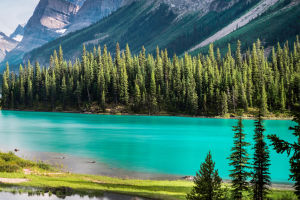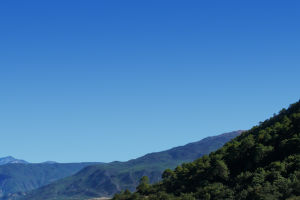The "no man's land" in the Gobi Desert, also known as the "Valley of the Dragons," is a mysterious and desolate area located in the southern part of the Gobi Desert. It is known for its harsh terrain, extreme temperatures, and the absence of any form of life.
The origins of this barren wasteland are shrouded in mystery and legend, with many theories proposed over the years.
The Gobi Desert itself is a vast, arid region covering parts of northern and northwestern China and southern Mongolia. It is the fifth-largest desert in the world, covering an area of over 500,000 square miles. The landscape is rugged, with sand dunes, rocky outcrops, and flat plains dotted with sparse vegetation. The climate is harsh, with temperatures ranging from below-freezing in winter to over 100 degrees Fahrenheit in summer.
The "no man's land" is a particularly hostile area of the Gobi Desert, located in the south-central part of the region. It is a long, narrow strip of land measuring around 100 miles in length and only a few miles wide. The terrain is treacherous, with steep cliffs, deep canyons, and jagged rock formations. The area is also prone to violent sandstorms and extreme temperature fluctuations.
There are several theories as to how the "no man's land" came about. One theory is that it was formed as a result of volcanic activity millions of years ago. The region is dotted with ancient volcanic cones and craters, suggesting that the area was once a hotbed of volcanic activity. The intense heat and ash from these eruptions may have caused the soil to become infertile and inhospitable to plant and animal life.
Another theory is that the "no man's land" was created by a massive meteor impact. Some researchers believe that a giant meteor struck the Gobi Desert around 40 million years ago, creating a huge crater and causing massive upheavals in the surrounding terrain. This cataclysmic event may have been responsible for the creation of the steep cliffs and deep canyons that characterize the area today.
Yet another theory is that the "no man's land" is the result of ancient geological processes, such as tectonic plate movements and erosion. The Gobi Desert is located in an area of intense tectonic activity, with several major fault lines running through the region. This activity may have caused the land to shift and crack, creating the rugged and inhospitable terrain that exists today.
Despite the many theories put forward, the true origins of the "no man's land" remain shrouded in mystery. However, one thing is clear - the area is a true wilderness and one of the most challenging environments on Earth. The harsh terrain and extreme climate make it virtually uninhabitable, and it is rarely visited by humans. The few who do venture into the "Valley of the Dragons" do so at great risk to their lives, as the area is prone to sudden storms and treacherous rockfalls.
Despite the many challenges of exploring the "no man's land," scientists and researchers continue to study the area in an attempt to unravel its mysteries. Some are searching for clues to the origins of the region, while others are studying the unique geological features and the few species of plant and animal life that manage to survive there. The area is also of great interest to archaeologists, as it is home to several ancient burial sites and other archaeological remains.
The "no man's land" in the Gobi Desert is a unique and mysterious area that has fascinated scientists and adventurers for many years. Despite the many theories proposed, the true origins of this barren wasteland remain a mystery.


